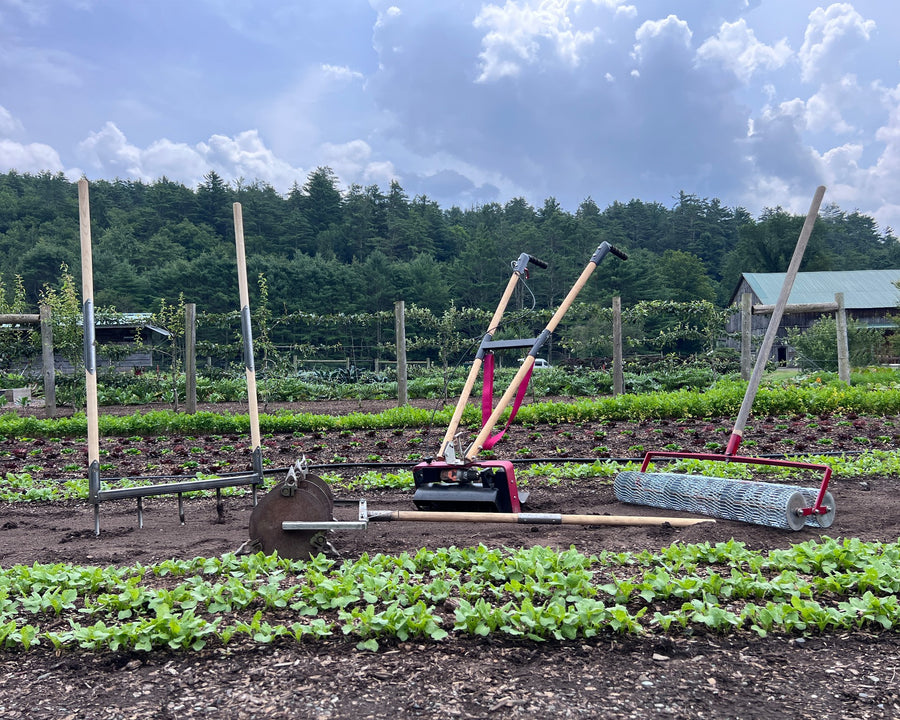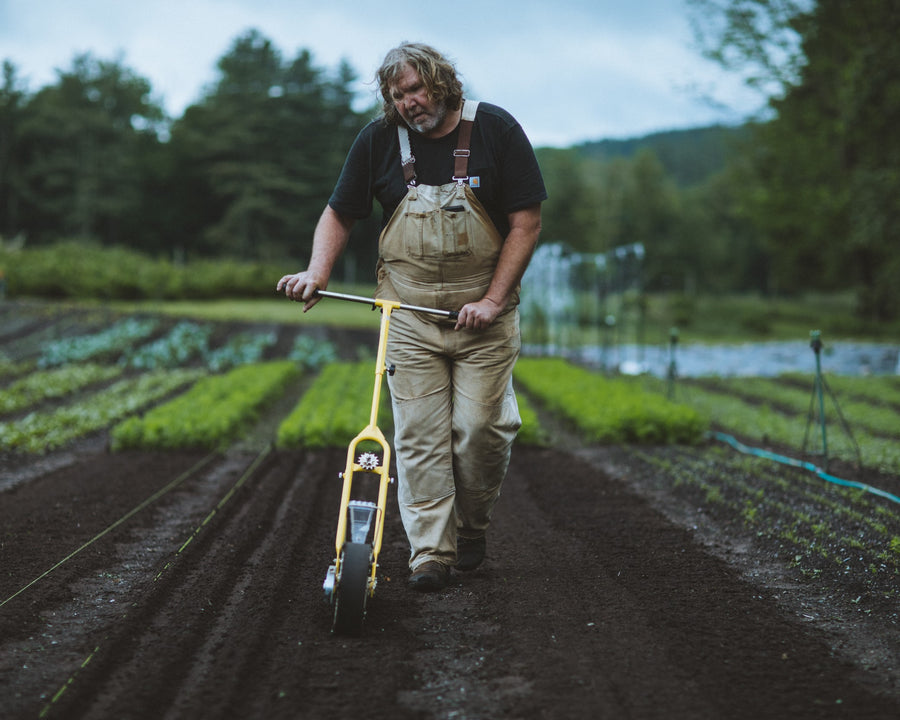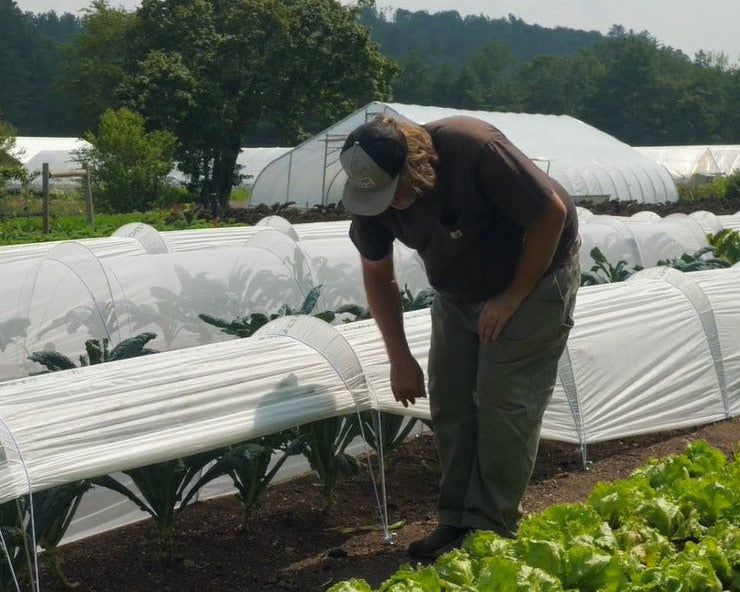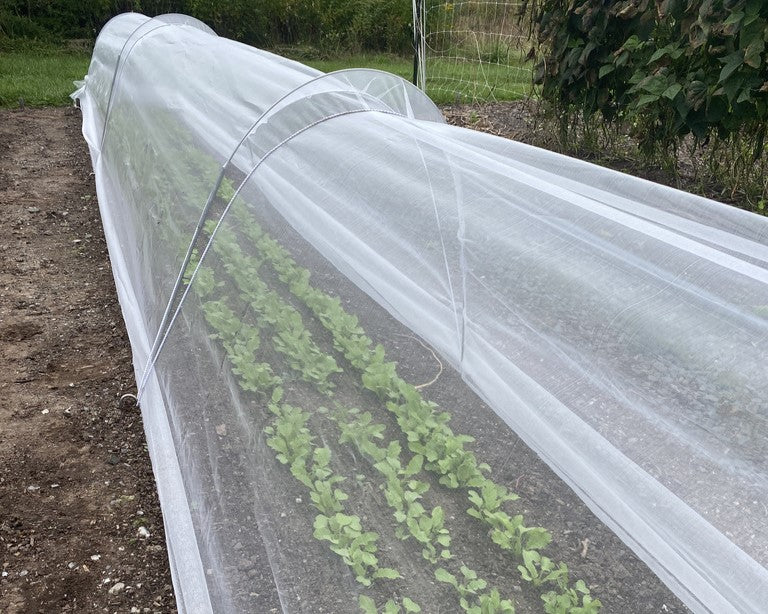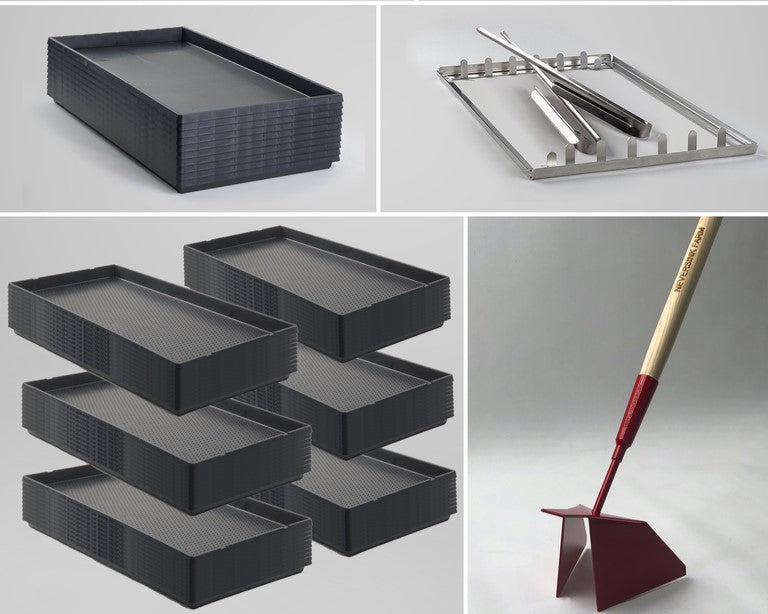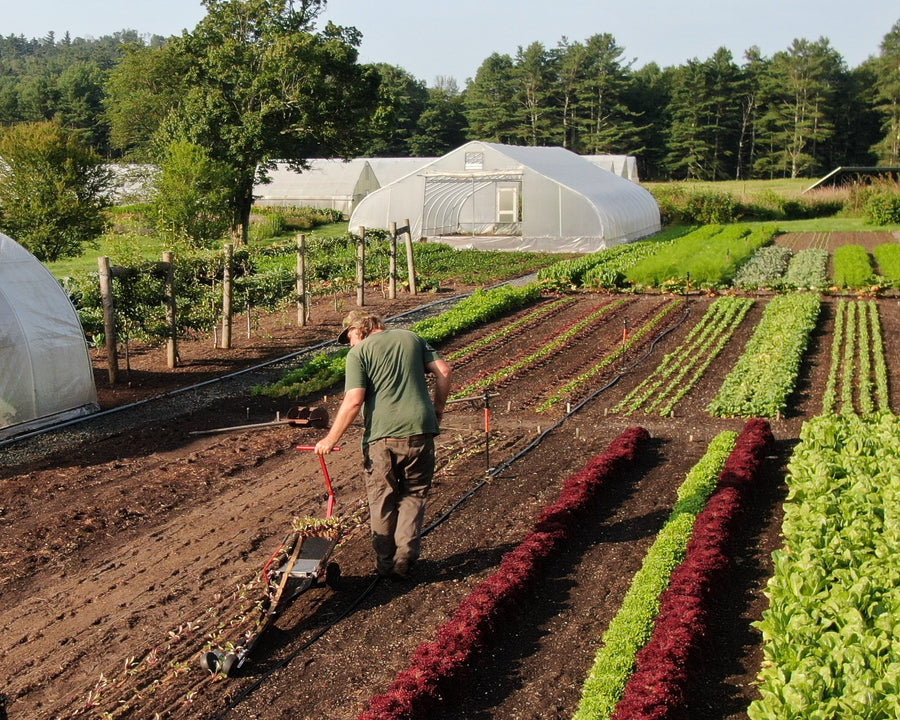When it comes to getting your soil ready for planting, the right tools makes all the difference. If you're looking to prepare your beds with ease and efficiency while keeping soil health at the forefront, you might be asking:
What is a tilther, and do I really need one? Here's a quick breakdown:
What Is a Tilther?
A tilther is a market farm tool designed to prepare your soil for planting. It works by smoothing and loosening the top ½ inch to 1½ inches of soil—just the surface layer—before you seed or transplant.
The tilther’s blades or tines work to aerate the soil, allowing water, nutrients, and amendments to penetrate more effectively.
The beauty of a tilther is its ability to enhance the soil without disrupting the delicate balance of microorganisms and organic matter that live within it. It works gently on the topsoil, making it ideal for minimal-till operations and no-till systems where preserving soil structure is a priority.
Do I Need a Tilther for My Farm?
So, should you add a tilther to your tool collection? Here are a few things to consider:
What size is your farm or garden? If you’re doing a lot of bed prep, this tool can save you a ton of time and energy.
How important is soil health to you? If you’re focused on building long-term soil fertility and regenerating your land, a tilther is a solid investment.
What’s your budget? While a tilther does have an upfront cost, it’ll save you time and money in the long run by making your soil prep more efficient and your crops healthier.
The Benefits of Using a Tilther
A tilther is more than just a time-saver—it’s a tool that helps make your farm more efficient and your crops thrive. Here’s how it helps:
Perfect for Smoothing and Breaking Up Compost: The tilther is great for incorporating freshly added compost into your beds. It gently breaks it up and spreads it evenly, leaving the microbial life of your soil undisturbed.
Efficiently Incorporates Amendments: If you’re adding calcium or potassium to balance your soil, the tilther makes it easy to incorporate these amendments into the top inch of your bed.
Revitalizes Beds After Tarping: After you've used tarping to kill off a crop, the tilther can help incorporate the decayed plant matter into the soil.
Maintains the Living Soil Profile: Unlike traditional tilling, which inverts soil layers and can harm the ecosystem, a tilther focuses on smoothing and aerating the surface.
What to Look for in a High Quality Tilther
When choosing a tilther, make sure it’s built for durability and ease of use. Here are some key features to look for:
Lightweight Fiber Handles
Strong and stiff handles to provide excellent control without weighing you down.Indestructible Composite Hood
Unlike typical sheet metal hoods that can dent or break, composite hoods are built to last and will not crack or dent.Quick Handle Turn
Allowing you to adjust the handle angle quickly without any tools, this feature is especially useful inside hoop houses and greenhouses.Carbon-Neutral Potential
When combined with a solar panel, a tilther can become a central part of a carbon-neutral, regenerative farm.
Final Thoughts
A tilther might just be the next tool to make your farm more productive. Whether you’re working to improve soil health, reduce manual labor, or boost your crop yields, it’s clear how valuable a tilther can be for any serious market farmer or gardener.
Explore the Iconoclast Pro Tilther and see how it can help you improve your soil health and make farm work more efficient.
